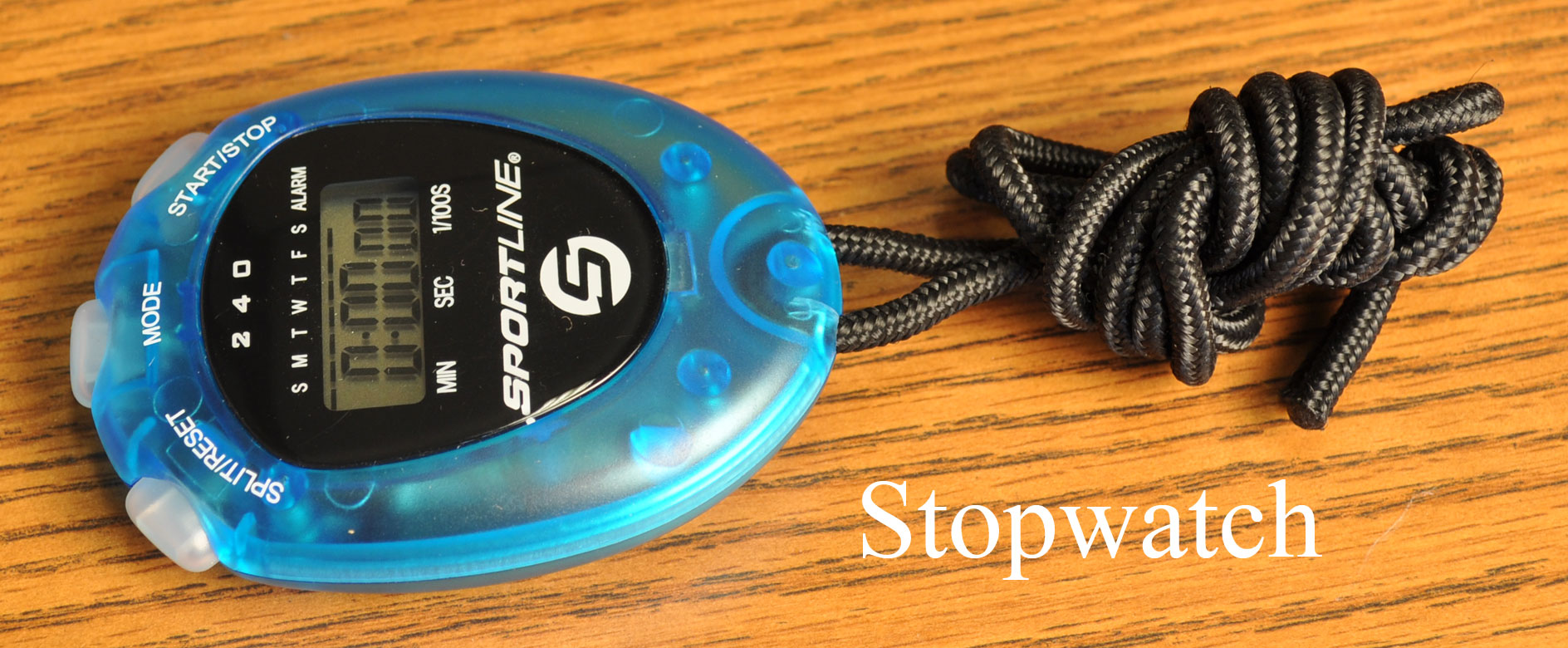Exercise Experiment
Objective
The objective of the “Exercise Experiment” is to illustrate the importance of blocking against nuisance factors. The students are tasked with determining which of the following exercises can be performed the fastest (10 sit-ups, 10 pushups, 10 jumping jacks, 10 squats) The students first run an RCBD (randomized complete block design) using Person as a blocking factor. This usually results in finding a significant difference between performance Time of the different exercises and results in a low P-value for Person and thus they can conclude that Exercise Type affects Time and that Person is a good blocking factor. The students then run an RCBD using BMI (Body Mass Index) as a blocking factor. The usual result is that BMI is not a good blocking factor and ends up having a large P-value. Finally, the students run a straight ANOVA (F-test) with no blocking and try to draw some conclusions. They are usually unable to determine a performance time difference between the exercises.
Equipment - per group
- 1 stopwatch ($9.99, Target)
- students (free)

Procedure
Calculate your BMI (BMI = weight(kg)/(height(m))2 or BMI = 703*weight(lb)/(height(in))2). Break up into groups of 7 to 8 people. In the random order specified on the data sheet, perform and time each exercise noting this time on the data sheet. (Note: If you are physically unable to perform the listed exercises, inform the instructor.) When your group has completed the experiment, make a copy of your data. You will be sharing your data with the class and eventually analyzing the entire class’s performance as a whole.
Analysis and Discussion
Run an RCBD blocking against People. Give a brief summary of the analysis. Explain why People is being used as a blocking factor. Show the Minitab output that includes the P-values. Make a conclusion, based on the P-values. Does Exercise Type affect Time to perform the exercise? Was People an effective blocking factor? If you reject the null hypothesis, perform a multiple comparison. If you fail to reject, determine the power and state your confidence. Show and comment on the residual plots. Comment on your results.
Run an RCBD blocking against BMI. Use three blocks with the following ranges (BMI(greater than)UB, LB(less than)BMI(less than)UB, BMI(less than)LB). The upper and lower bounds will be supplied to you after the instructor looks at the overall data. Give a brief summary of the analysis. Explain why BMI is being used as a blocking factor. Show the Minitab output that includes the P-values. Make a conclusion, based on the P-values. Does Exercise Type affect Time to perform the exercise? Was BMI an effective blocking factor? Give reasons to support this conclusion. If you reject the null hypothesis, perform a multiple comparison. If you fail to reject, determine the power and state your confidence. Show and comment on the residual plots. Comment on your results.
Run an ANOVA (no blocking). Give a brief summary of the analysis. Show the Minitab output that includes the P-values. Make a conclusion, based on the P-values. Does Exercise Type affect Time to perform the exercise? If you reject the null hypothesis, perform a multiple comparison. If you fail to reject, determine the power and state your confidence. Show and comment on the residual plots. Comment on your results.